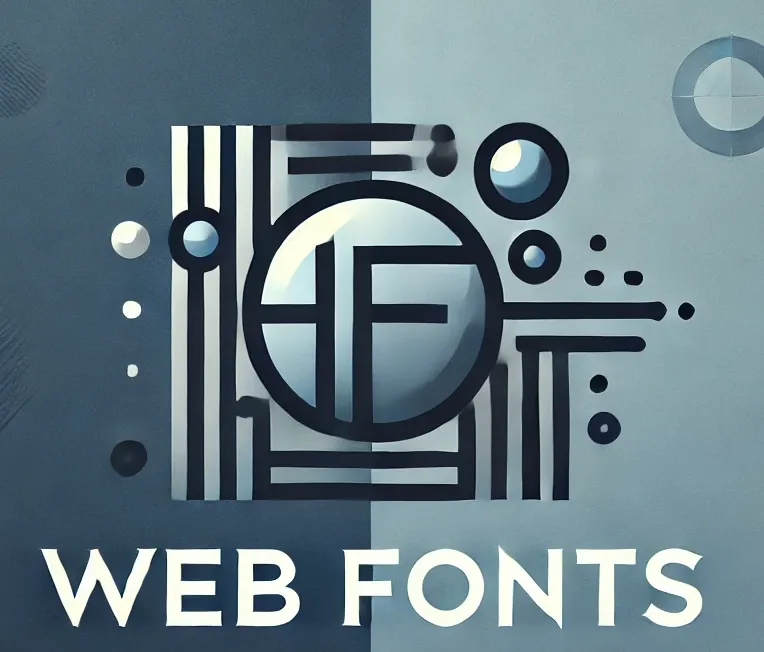How to Refine AI-Generated Typefaces with Interface Sliders
by
August 6th, 2025
Audio Presented by

Exploring the intersection of typography, usability, and cultural relevance in web design.
Story's Credibility

About Author
Exploring the intersection of typography, usability, and cultural relevance in web design.